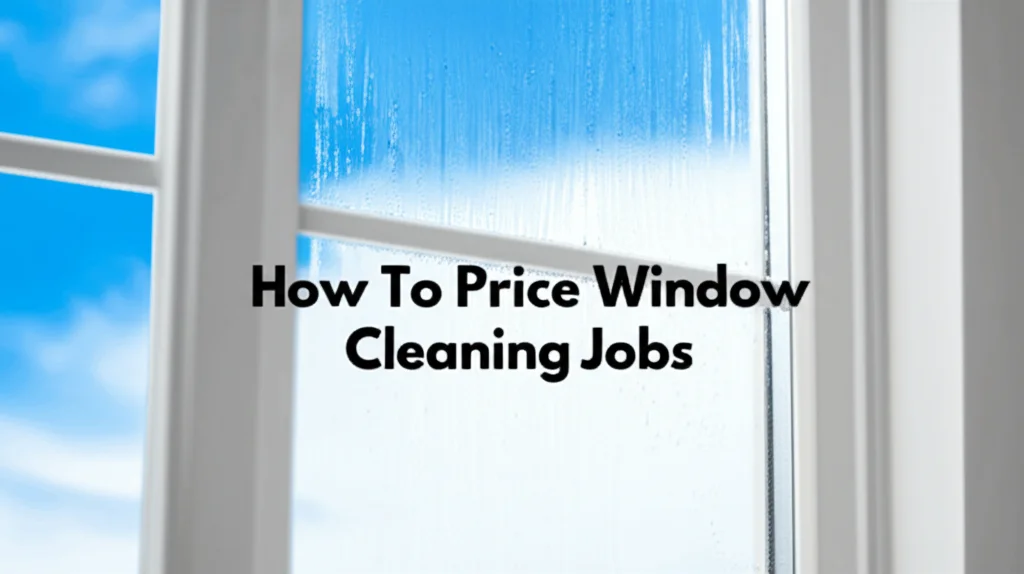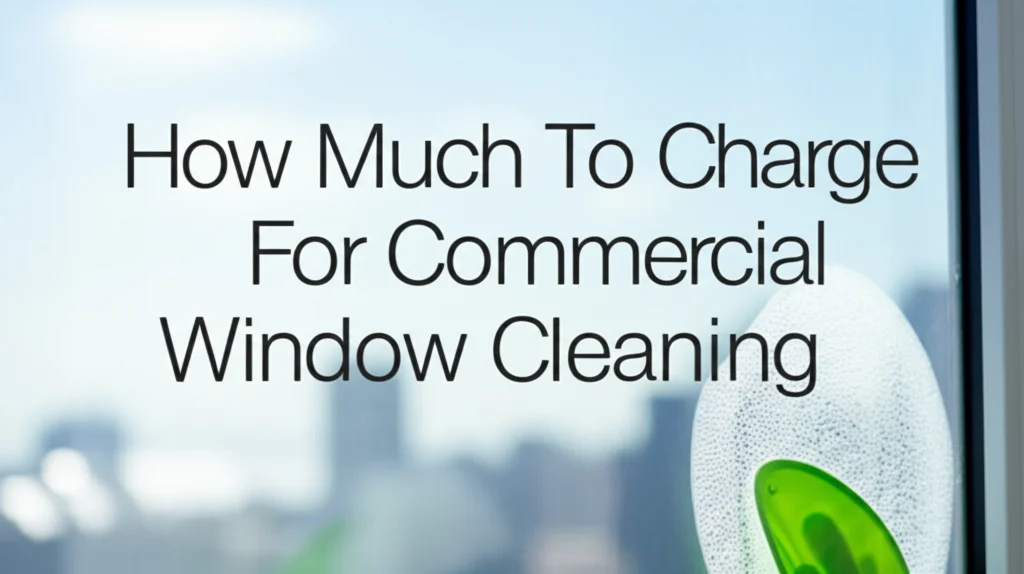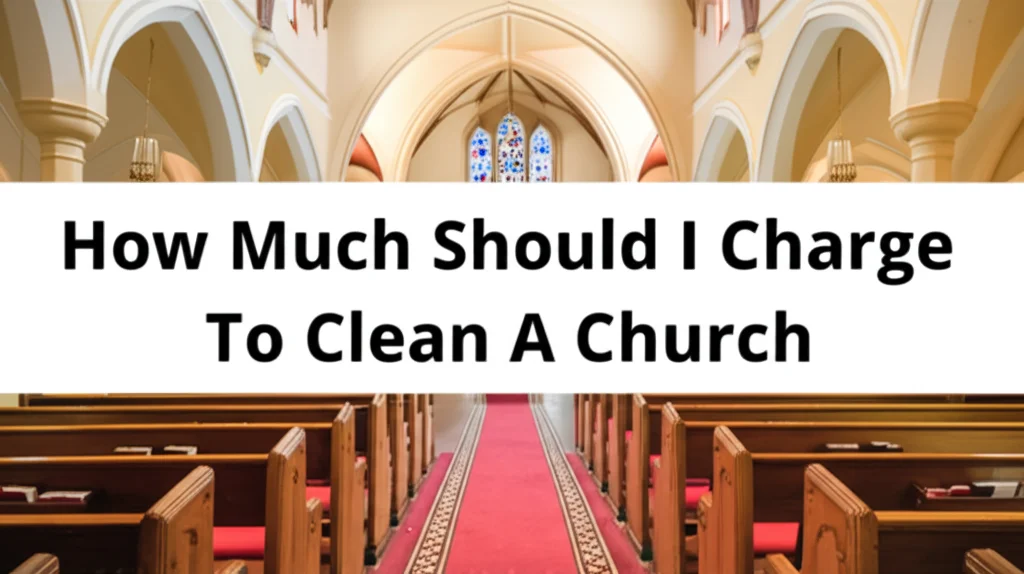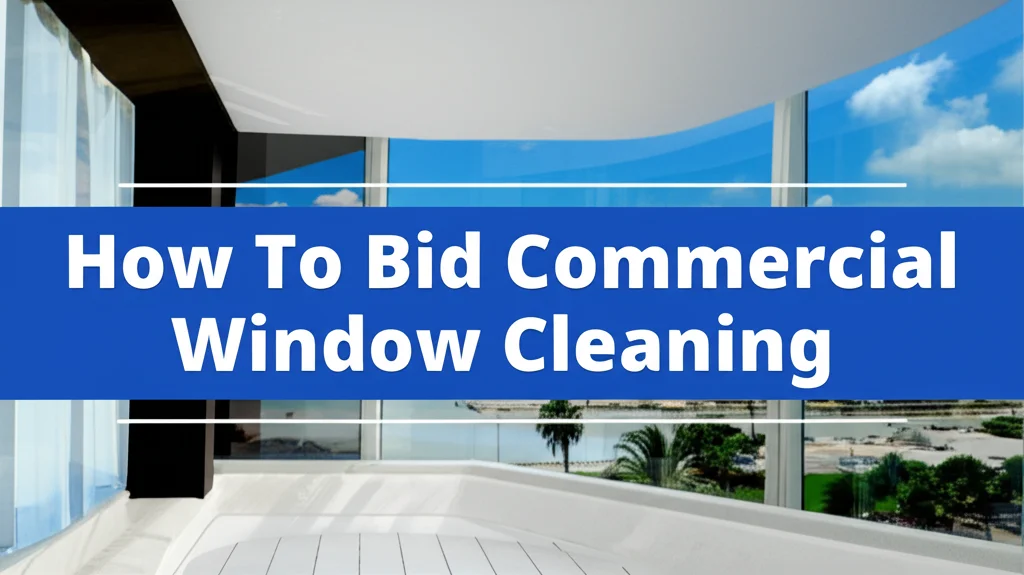· Cleaning Business · 7 min read
How To Price Window Cleaning Jobs

How To Price Window Cleaning Jobs
Are you starting a window cleaning business and wondering how much to charge? Or maybe you’re an established cleaner looking to optimize your pricing strategy? Pricing your services correctly is crucial for profitability and attracting customers. This guide will walk you through everything you need to know about how to price window cleaning jobs, ensuring you earn a fair wage while remaining competitive. We’ll cover cost estimation, factors influencing price, and different pricing models to help you succeed.
Here’s a quick answer: Window cleaning prices typically range from $6 to $12 per window, but this varies based on window size, accessibility, and additional services. Accurate pricing requires calculating your costs, assessing the job’s complexity, and researching local market rates.
Takeaway:
- Calculate your base costs (supplies, labor, travel).
- Factor in job-specific challenges (height, accessibility, window condition).
- Research competitor pricing in your area.
- Choose a pricing model that suits your business (per window, per hour, package deals).
Understanding Your Costs: The Foundation of Pricing
Before you even think about setting a price, you need to understand your costs. Ignoring this step is a surefire way to undercharge and lose money. Your costs fall into a few main categories: labor, supplies, transportation, and overhead. Let’s break down each one.
- Labor: This is your time, or the time of your employees. Determine a reasonable hourly rate for yourself or your team. Consider experience and skill level when setting this rate.
- Supplies: Window cleaning requires more than just water! Factor in the cost of cleaning solutions, squeegees, cloths, buckets, ladders, and safety equipment. Buying in bulk can often reduce these costs.
- Transportation: Gas, vehicle maintenance, and potential tolls all add up. Calculate the cost per mile and factor that into your pricing, especially for jobs further away.
- Overhead: These are the costs of running your business, such as insurance, marketing, and administrative expenses. Allocate a portion of these costs to each job.
The Impact of Window Characteristics on Price
Not all windows are created equal! The characteristics of the windows themselves significantly impact the time and effort required to clean them, and therefore, the price. Consider these factors when estimating a job.
- Window Size: Larger windows naturally take longer to clean than smaller ones. You might have different price tiers based on window size (e.g., standard, large, extra-large).
- Window Type: Different window types require different techniques. Storm windows, French doors, and skylights may require more time and specialized equipment.
- Accessibility: This is a big one. Windows on upper floors, requiring a ladder, or those obstructed by landscaping will take longer and be more dangerous to clean. This justifies a higher price.
- Window Condition: Heavily soiled windows with stubborn stains (paint, hard water spots, bird droppings) will require extra scrubbing and cleaning solution, increasing the time and cost. You might need to charge an extra fee for heavily soiled windows.
- Number of Panes: Windows with multiple panes (like double-hung windows) require cleaning on both sides of each pane, increasing the workload.
Pricing Models: Choosing What Works for You
There are several common pricing models for window cleaning. Each has its pros and cons, so choose the one that best suits your business and target market.
- Per-Window Pricing: This is the most common method. You charge a flat rate per window, adjusting for size and accessibility. It’s simple for customers to understand. However, it can be less profitable for complex jobs.
- Hourly Pricing: You charge an hourly rate for your time. This is best for jobs with unpredictable challenges or a lot of detail work. Customers may be hesitant if they don’t know how long the job will take.
- Package Pricing: Offer pre-defined packages (e.g., “Basic,” “Standard,” “Deluxe”) that include a set number of windows and additional services. This encourages customers to spend more and simplifies the sales process.
- Square Footage Pricing: Less common, but can be useful for large commercial properties. You charge based on the total square footage of the windows.
Researching Your Local Market: Competitive Analysis
Knowing your costs is important, but you also need to know what your competitors are charging. Researching your local market will help you position your pricing competitively.
- Check Competitor Websites: Most window cleaning businesses have websites listing their prices or offering free quotes.
- Get Quotes: Call or email your competitors and request quotes for similar jobs.
- Online Reviews: Read online reviews to see what customers are saying about competitor pricing.
- Consider Your Value Proposition: What makes your business different? Do you offer superior quality, faster service, or eco-friendly cleaning solutions? You can justify a higher price if you offer unique value. Don’t be afraid to charge a premium for exceptional service.
Estimating Jobs Accurately: A Step-by-Step Guide
Accurate job estimation is key to profitable pricing. Here’s a step-by-step guide:
- Initial Assessment: Walk around the property and count the number of windows. Note the size, type, and accessibility of each window.
- Identify Challenges: Look for any factors that will increase the difficulty of the job, such as heavily soiled windows, high windows, or obstructions.
- Calculate Labor Time: Estimate how long it will take to clean each window, considering the challenges you identified.
- Calculate Supply Costs: Estimate the amount of cleaning solution and other supplies you’ll need.
- Calculate Transportation Costs: Determine the distance to the job and calculate the cost of gas and mileage.
- Add Overhead: Allocate a portion of your overhead costs to the job.
- Determine Your Profit Margin: Add a profit margin to ensure you’re earning a fair wage.
- Present the Quote: Provide a clear and detailed quote to the customer, outlining the scope of work and the total price.
Don’t Forget to Upsell! Increasing Revenue Per Job
Once you’ve established a base price, consider opportunities to upsell additional services. This can significantly increase your revenue per job.
- Gutter Cleaning: Offer gutter cleaning as an add-on service. It’s a natural complement to window cleaning.
- Screen Cleaning: Many customers don’t think to clean their window screens. Offer this as a separate service.
- Pressure Washing: If you have the equipment, offer pressure washing for driveways, sidewalks, and siding. You can find more information on cleaning solutions at https://www.beacleaner.com/what-is-the-best-cleaning-solution-for-ceramic-tile-floors/.
- Interior Window Cleaning: Offer to clean the interior of the windows as well.
- Hard Water Stain Removal: If you encounter hard water stains, offer a specialized cleaning service to remove them. Sometimes, stubborn stains require a bit more effort, and you can charge accordingly.
FAQ: Common Pricing Questions
- What is the average cost to clean windows? The average cost ranges from $6 to $12 per window, but can vary significantly based on the factors discussed above.
- How do I price for hard-to-reach windows? Add a surcharge of $2-$5 per window for windows that require a ladder or are otherwise difficult to access.
- Should I offer discounts? Consider offering discounts for repeat customers or larger jobs.
- What if a customer tries to negotiate the price? Be prepared to justify your pricing based on your costs and the value you provide. You can offer to adjust the scope of work to meet their budget.
- How often should windows be cleaned? Most homeowners benefit from having their windows cleaned twice a year – once in the spring and once in the fall.
- Is it better to charge a flat rate or an hourly rate? For most residential jobs, a flat rate per window is easier for customers to understand. However, hourly rates are better for complex or unpredictable jobs.
Conclusion: Pricing for Success
Pricing your window cleaning jobs effectively is a balancing act. You need to cover your costs, remain competitive, and earn a profit. By understanding your expenses, assessing job-specific challenges, researching your local market, and choosing the right pricing model, you can set prices that attract customers and ensure the long-term success of your business. Remember to always provide excellent service and build strong relationships with your clients. Don’t underestimate the power of a satisfied customer! If you’re looking for ways to expand your cleaning services beyond windows, consider exploring options like floor cleaning – you can learn more about cleaning different floor types at https://www.beacleaner.com/how-to-clean-vinyl-plank-flooring/. Now go out there and start pricing those windows!




